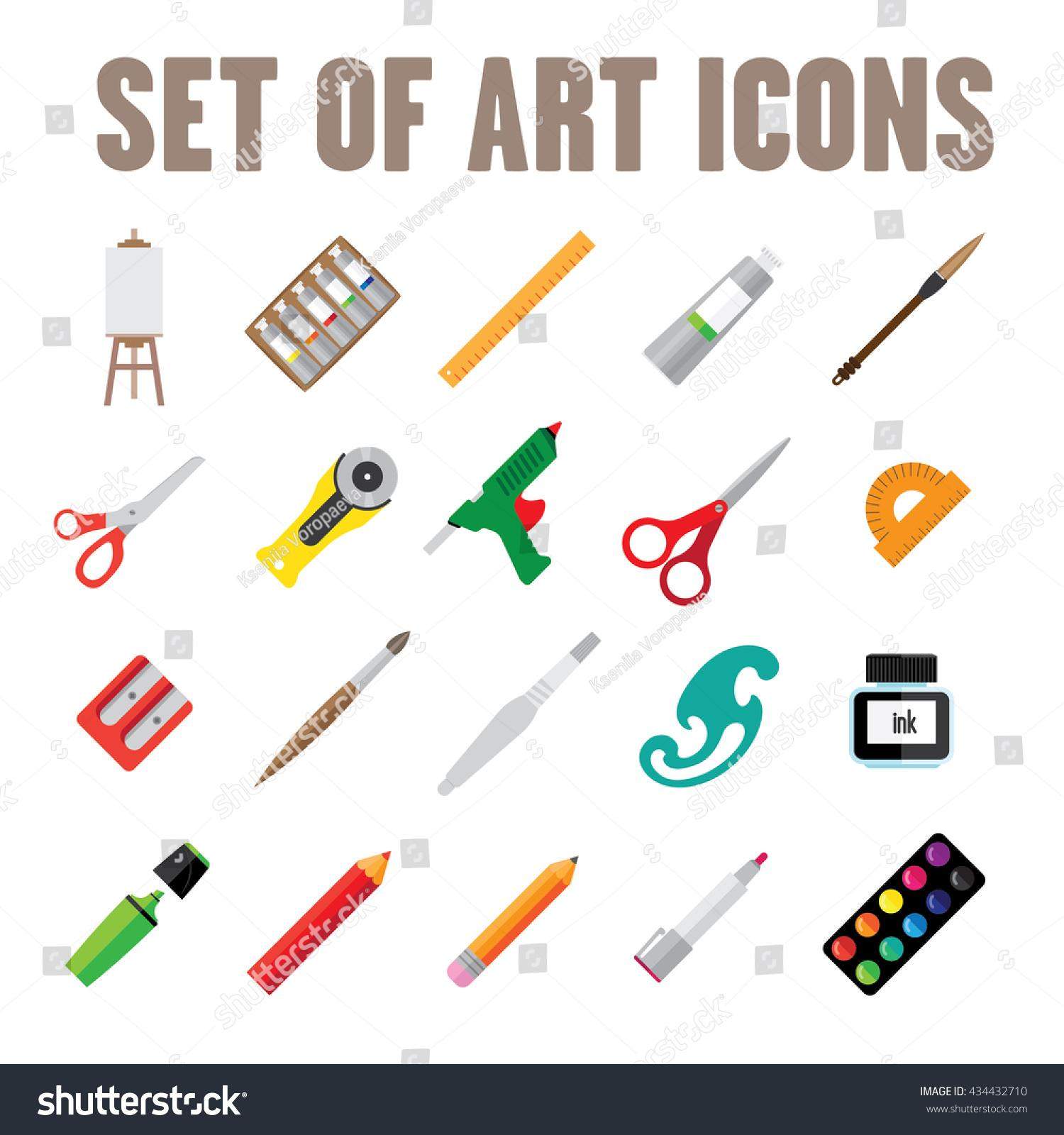In the ever-evolving landscape of digital marketing, content is undeniably king. However, simply producing content isn’t enough; it takes strategic thinking to turn your efforts into measurable success. Whether you’re a seasoned marketer or just starting out, understanding the core principles of effective content marketing can set you apart in a crowded marketplace. In this listicle, we’ll explore four essential strategies that can elevate your content marketing game. From crafting compelling narratives to leveraging analytics for optimization, get ready to uncover actionable insights that will empower you to not only engage your audience but also drive tangible results. Let’s dive into these strategies and transform your approach to content marketing!
1) Understand Your Audience: The cornerstone of effective content marketing is having a deep understanding of your target audience. Conduct thorough research to identify their demographics, preferences, pain points, and goals. Use tools such as surveys and social media analytics to gather insights. Tailoring your content to meet the needs and interests of your audience will not only capture their attention but also foster loyalty and engagement
Success in content marketing hinges on your ability to truly connect with your audience. This begins with conducting extensive research to unveil key aspects of your target demographic. You can explore various characteristics including:
- Demographics: Age, gender, location, and income levels.
- Preferences: Content types (videos, blogs, infographics) and platforms (social media, newsletters, websites).
- Pain Points: Challenges and frustrations your audience faces.
- Goals: What your audience aspires to achieve or learn.
Utilize a variety of tools, such as surveys, focus groups, and social media analytics, to gather valuable insights into these areas. When you have a comprehensive grasp of your audience’s needs and interests, you can tailor your content accordingly. This customization not only improves the likelihood of your content resonating with your audience but also lays the foundation for building long-term loyalty and engagement. Consider presenting your data creatively:
| Aspect | Research Method | Purpose |
|---|---|---|
| Demographics | Surveys | Identify target audience characteristics |
| Preferences | Social Media Analytics | Discover content types that engage |
| Pain Points | Focus Groups | Understand audience challenges |
| Goals | Interviews | Uncover audience aspirations |

2) Create High-Quality Content: Quality trumps quantity in the realm of content marketing. Focus on producing valuable, informative, and entertaining content that resonates with your audience. Incorporate visuals, storytelling elements, and SEO best practices to enhance the appeal and discoverability of your content. Engaging and well-researched articles, videos, infographics, and podcasts can set your brand apart and solidify your reputation as an industry leader
In the ever-evolving landscape of content marketing, the emphasis on quality over quantity cannot be overstated. Creating high-quality content demands careful consideration of your target audience’s needs and preferences. To achieve this, focus on producing content that is not only informative but also resonates with your readers. Integrating elements such as visually appealing designs, compelling stories, and SEO best practices will help increase both engagement and discoverability. For instance, consider using infographics to present complex data in a digestible format or crafting blog posts that address common pain points within your industry. These strategies can significantly elevate the user experience and establish your brand as a trusted authority.
Moreover, diversifying your content format can lead to greater audience engagement. Here are a few key formats that can boost your content strategy:
- Blog Posts: Develop thoughtful articles that provide deep insights.
- Videos: Create engaging video content that captivates viewers visually.
- Podcasts: Share valuable discussions and interviews to reach an audio-centric audience.
- Infographics: Utilize graphics to summarize information concisely and effectively.
By employing these formats, you not only cater to various audience preferences but also enhance the overall appeal of your content. Tracking engagement metrics for each format can provide insights into what resonates most with your audience, allowing you to refine your content strategy progressively.

3) Implement a Consistent Publishing Schedule: Consistency is key to maintaining audience engagement and building trust. Develop a content calendar that outlines your publishing schedules across various platforms and formats. Whether it’s blog posts, social media updates, or newsletters, a regular cadence ensures your audience knows when to expect new content from you, keeping your brand top-of-mind and creating anticipation among your followers
Creating a content calendar is an essential step for any successful content marketing strategy. By mapping out your publishing schedule, you can identify optimal times to engage your audience effectively. This calendar should encompass various channels and formats, such as:
- Blog Posts: Schedule weekly or bi-weekly updates that delve into topics relevant to your audience.
- Social Media Updates: Plan daily posts that vary in format, including images, videos, and polls, to keep your audience engaged.
- Newsletters: Send out monthly newsletters that summarize key content pieces, upcoming events, or exclusive offers.
A consistent publishing schedule also allows you to analyze performance metrics more effectively. By maintaining a regular cadence, you can track what content resonates most with your audience, making it easier to adjust your strategy accordingly. Consider this simple structure as a starting point for your content calendar:
| Content Type | Frequency | Platform |
|---|---|---|
| Blog Posts | Weekly | Website |
| Social Media Posts | Daily | Facebook, Instagram, Twitter |
| Newsletters | Monthly |

4) Measure and Adapt: Successful content marketing is an iterative process. Utilize analytics tools to measure the performance of your content against established KPIs such as engagement rates, traffic, and conversions. Analyzing what works and what doesn’t will help you refine your strategies over time. Be willing to adapt your content approach based on audience feedback and evolving trends to stay relevant and maximize your marketing efforts
Successful content marketing is not a one-time effort; it requires constant evaluation and evolution. By leveraging analytics tools, you can track and measure your content’s performance against key performance indicators (KPIs) such as engagement rates, traffic, and conversions. This data offers invaluable insights into what resonates with your audience, allowing you to pinpoint high-performing content and identify areas for improvement. Understanding these metrics can help you make informed decisions about where to allocate resources further to drive engagement and increase reach.
Once you have a grip on the metrics, the next step is to adapt. Stay flexible and be willing to shift your content strategies based on your findings and audience feedback. This might mean tweaking the format of your posts or changing the topics you cover altogether. Additionally, keep a close eye on evolving trends within your industry. Being proactive rather than reactive will keep your content fresh and relevant. Consider using a table to summarize your findings and planned adaptations:
| Metric | Current Status | Next Steps |
|---|---|---|
| Engagement Rate | 3.5% | Increase call-to-action elements |
| Website Traffic | 1,200 visits/month | Implement SEO improvements |
| Conversions | 150/month | Test new landing page design |
To Wrap It Up
As we wrap up our exploration of the four essential strategies for successful content marketing, it’s important to remember that each of these elements acts as a building block for a stronger, more impactful online presence. By understanding your audience, creating compelling content, optimizing for search engines, and analyzing your results, you set the stage for genuine connections and measurable growth.
In the ever-evolving landscape of digital marketing, staying adaptable is key. Embrace these strategies, tailor them to your unique voice and brand message, and watch as your content resonates with your audience. With consistency, creativity, and a willingness to learn, your content marketing efforts can flourish, driving engagement and success along the way. So, take these insights and let them guide you on your journey to content mastery—your audience is waiting for the stories only you can tell.




